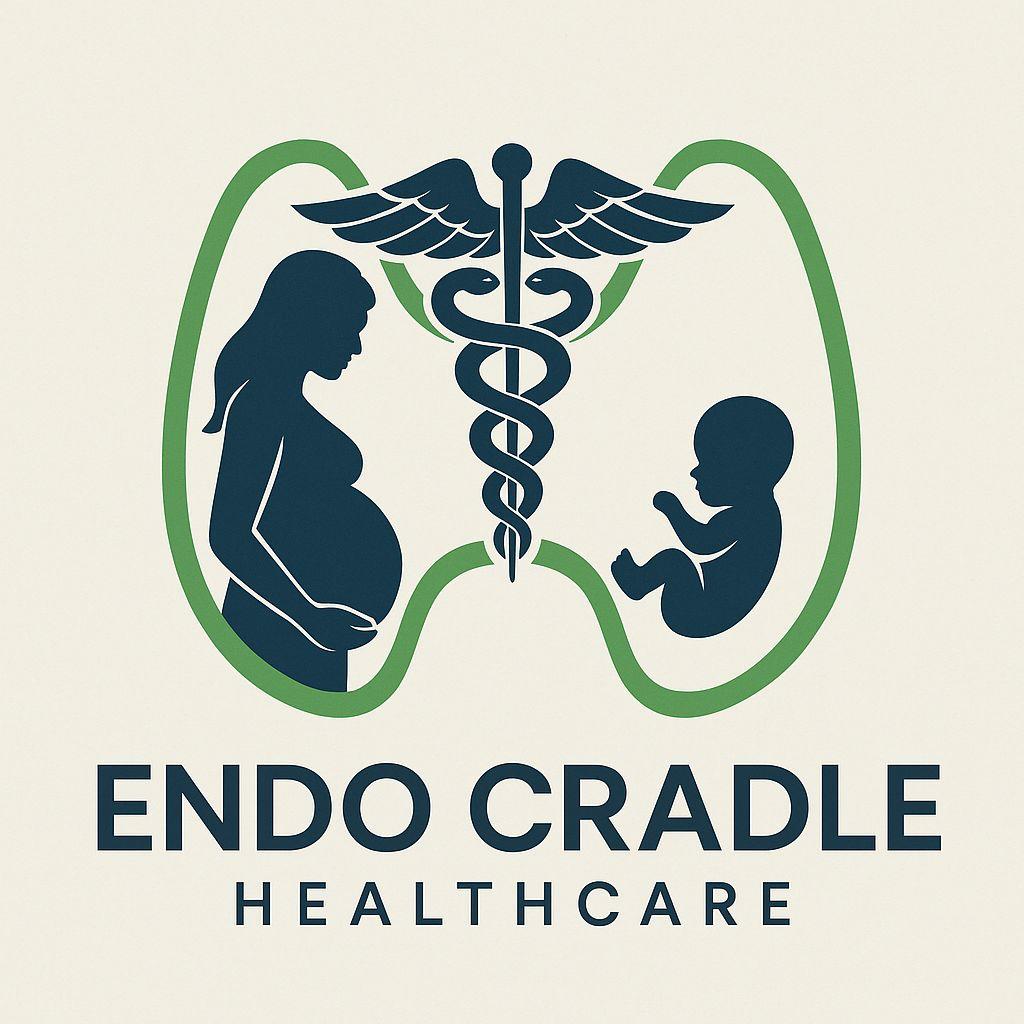Understanding TEF in newborns is crucial for new and expecting parents. TEF in newborns stands for Tracheoesophageal Fistula, a condition that affects the baby’s esophagus and windpipe. Detecting it early can lead to better outcomes for the baby. Quick attention and action can make a significant difference. This guide will help you grasp what TEF in newborns entails, recognize its symptoms, and understand the treatment options available.
Unpacking TEF in Newborns: What is Tracheoesophageal Fistula?
Tracheoesophageal Fistula (TEF) is a condition where there’s an abnormal connection between the trachea (windpipe) and esophagus (food pipe). This condition significantly impacts a newborn’s ability to swallow and breathe. TEF in newborns often occurs with Esophageal Atresia (EA), a defect where the esophagus doesn’t form correctly and may not connect to the stomach. In simple terms, the trachea takes air to the lungs, while the esophagus takes food to the stomach. In TEF in newborns, these two tubes are improperly connected, posing risks to the baby’s health. Understanding this basic anatomy helps in recognizing why early diagnosis is important.
Recognizing the Common Symptoms of TEF in Newborns
Recognizing symptoms of TEF in newborns early can make a big difference. Some signs appear at birth or shortly after and might include:
- Persistent coughing during feedings, causing difficulty in swallowing.
- Frothy drool coming from the mouth.
- Bluish skin color, known as cyanosis, due to disrupted breathing.
- Difficulty swallowing, leading to potential food entering the lungs.
- Labored breathing, which indicates trouble with the airway.
These symptoms stand out from typical newborn challenges. While babies often spit up or drool, the persistent issues listed can hint towards TEF in newborns and require medical evaluation.
Spotting TEF in Newborns in Time: Why Quick Medical Help is Essential
Spotted early, TEF in newborns can be managed effectively, leading to better outcomes for your child. If you observe symptoms like those mentioned above, consult a healthcare professional without delay. Parents should:
- Monitor their baby’s feeding closely.
- Note any respiratory issues or unusual drooling.
- Seek immediate medical help if they suspect TEF in newborns.
Timely medical intervention can help in planning effective treatment strategies.
TEF in Newborns: What Parents Can Expect
Upon suspecting TEF in newborns, doctors often begin with a physical exam and a detailed case history. Diagnostic tools like chest X-rays and prenatal ultrasounds can help confirm the presence of TEF in newborns. Sometimes, advanced imaging methods such as echocardiograms ensure a correct diagnosis, crucial to determining the best treatment plan. Parents should be prepared for these diagnostic steps as they serve as a roadmap for dealing with the condition effectively.
Exploring Treatment Options for TEF in Newborns
Treatment for TEF in newborns primarily involves surgery. Here’s a brief on what to expect:
- Surgical Interventions: Surgery aims to separate the esophagus from the trachea, allowing proper passage for air and food. The procedure can be staged depending on the baby’s condition.
- Timeline and Process: Post-surgery, babies might need close monitoring in a hospital. Length of stay varies by individual recovery rates.
- Post-Surgery Care: Following surgery, attention is given to feeding methods and respiratory care. This helps ensure smooth recovery and adaptation.
- Risks and Complications: Although modern surgery has good success rates, potential risks include infections and recurring fistulas. Medical teams are equipped to handle such possibilities.
Modern medical technologies have significantly improved surgical outcomes, providing hope and better quality of life for affected families.
Living with TEF in Newborns: Navigating Life Post-Diagnosis
Living with TEF in newborns involves understanding potential long-term aspects like feeding challenges and breathing concerns. Parents can take supportive steps:
- Adapt feeding techniques to address swallowing difficulties.
- Monitor any development of respiratory issues.
- Connect with support groups or communities who share similar experiences.
These strategies provide emotional and practical support, essential for navigating life with TEF in newborns.
Innovation and Hope: Advances in TEF in Newborns Treatment
Recent advancements in medical technologies offer hope for dealing with TEF in newborns. In regions including India, new approaches in surgery and care management make a difference. A multidisciplinary team approach ensures comprehensive treatment. Families successfully navigate TEF in newborns with modern help, illustrating the journey from diagnosis to thriving.
Conclusion: Moving Forward with Knowledge and Assurance
Recognizing TEF in newborns symptoms early and seeking timely medical advice are crucial steps for successful management. With a clear understanding of the available treatment options, you can engage proactively with healthcare providers. This proactive approach ensures the best care for your child and facilitates a smoother journey through the challenges of TEF in newborns. Remember, being informed and prepared making all the difference.

